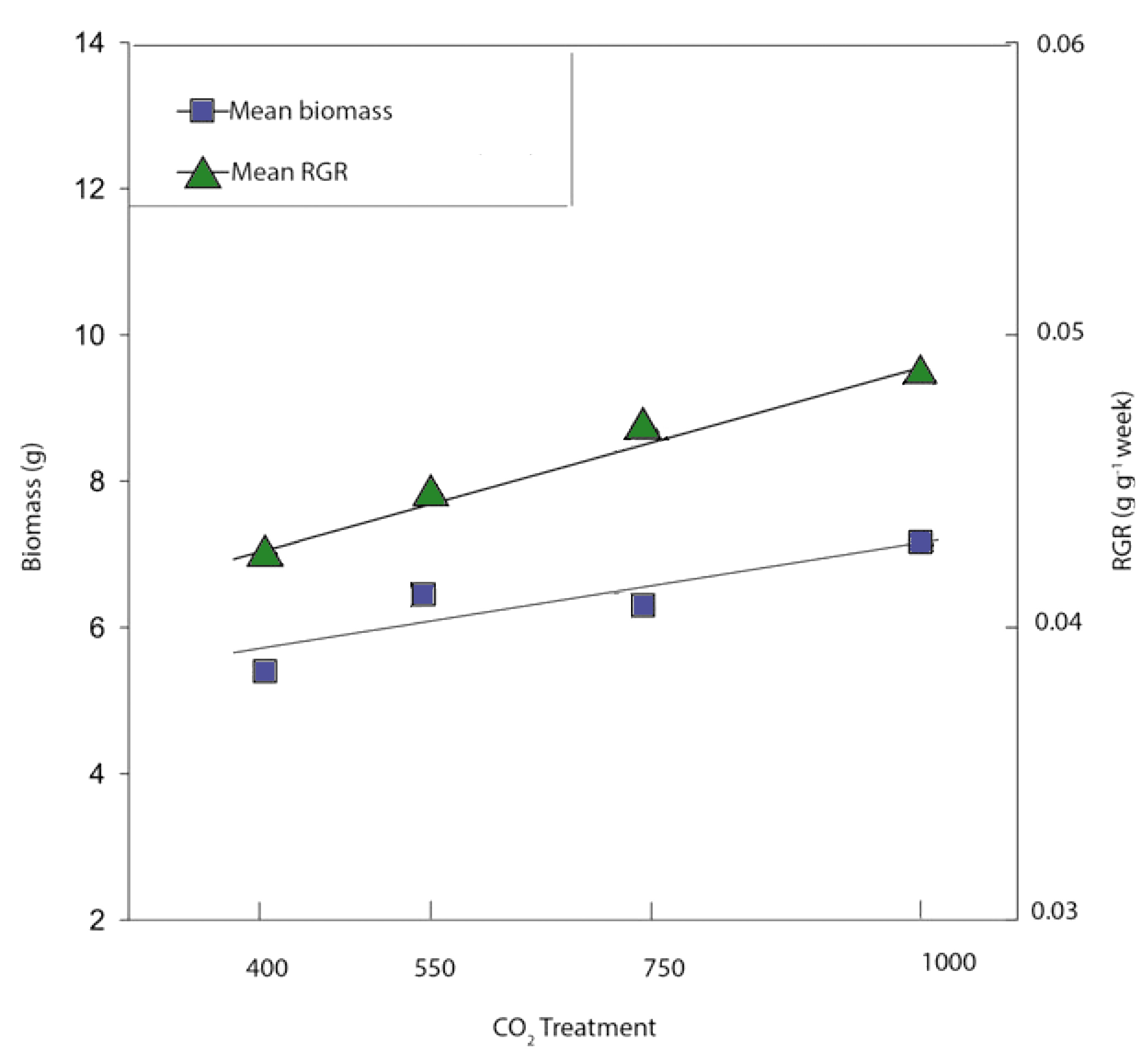| Tweet | Follow @co2science |
Paper Reviewed
Nackley, L.L., Midgley, G.F., Bösenberg, J.D.W. and Donaldson, J.S. 2018. A cycad's non-saturating response to carbon dioxide enrichment indicates Cenozoic carbon limitation in pre-historic plants. Austral Ecology 43: 447-455.
Cycads are a phylogenetic plant group that originated approximately 270 million years ago, reaching their greatest diversity during the Jurassic-Cretaceous period (200-65 million years ago) when atmospheric CO2 concentrations were much higher than they are today. Now, however, these plants are rare and endangered, numbering only some 330 living species.
In an attempt to discern whether or not the geologic decline in atmospheric CO2 concentration might have contributed to their ecological marginalization, Nackley et al. (2018) exposed the South African cycad Encephalartos villosus to a range of CO2 concentrations -- from "current ambient levels (i.e. 400 µmol mol-1 CO2) to pre-historic concentations (i.e. 1000 µmol mol-1 CO2) similar to atmospheric conditions thought to have existed when this [particular] species evolved 60 million years ago."
Their experiment was conducted in a research greenhouse at the South African National Biodiversity Institute, Cape Town, South Africa, under controlled-environment conditions. Treatments included exposing 18-month-old seedlings to four levels of atmospheric CO2, including ambient (400 ppm) and three elevated levels (550, 750 and 1000 ppm), for a period of one year. And what did their study reveal?
Plant assimilation rates, relative growth rates, biomass and mean leaf sugar content each experienced a linear increase over the entire CO2 range. In particular, as shown in the figure below, relative growth rates increased by 23% and biomass accumulation by 65% at 1000 ppm CO2 relative to ambient levels.
With respect to their observations, Nackley et al. say that "the linear response of relative growth rate increased productions of nonstructural carbohydrates, and lack of photosynthetic acclimation at elevated [CO2] reveals a complex suite of physiological adaptations to take advantage of an atmosphere enriched with CO2," suggesting that "E. villosus has a physiology better suited to paleoatmospheres with far higher CO2 levels." Consequently, it was the authors' ultimate conclusion that "the growth and physiological performance of cycads have been severely compromised by declining [CO2] during the Cenozoic Era, possibly contributing to the current rare and endangered status of this functional type."
Thankfully for cycads, atmospheric CO2 is on the rise once again!

Figure 1. Plant biomass and relative growth rates of juvenile E. villosus following one year of elevated CO2 enrichment (1000 µmol mol-1 CO2). Source: Nackley et al. (2018).




